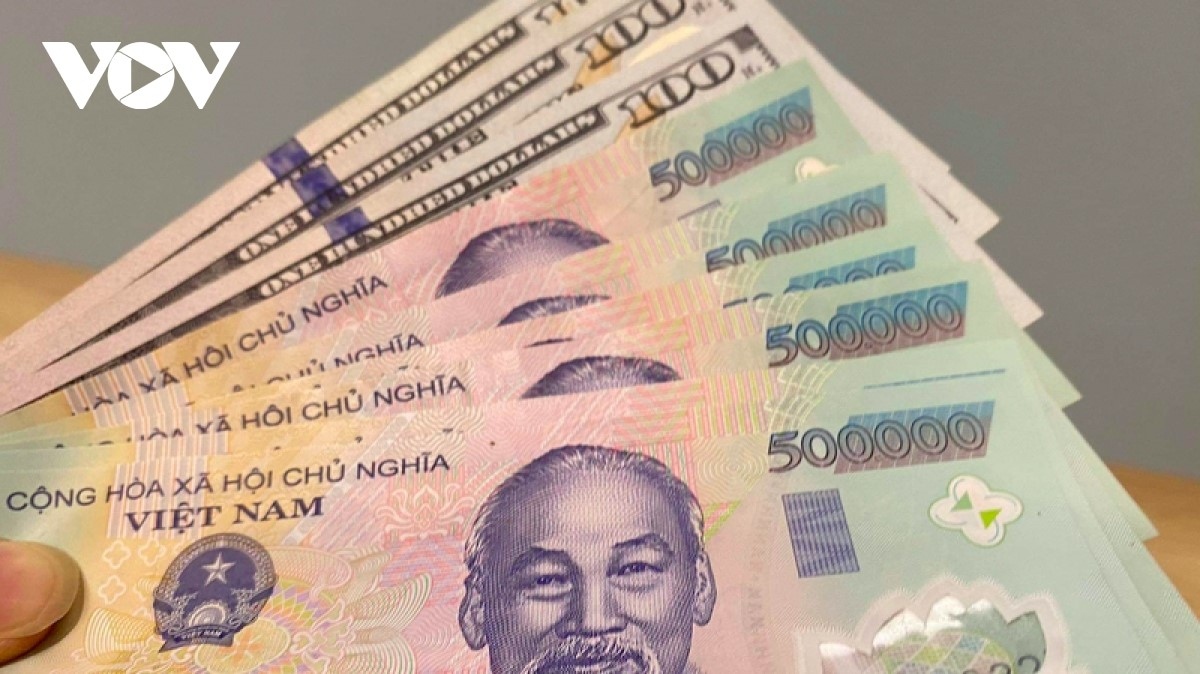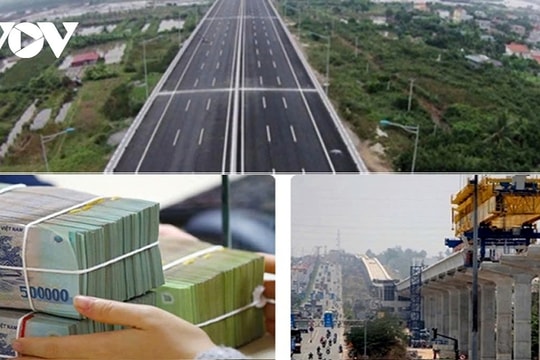
This year, there was a time when the VND/US$ exchange rate band increased by nearly 5%, hitting a record high of 25,450 Vietnamese Dong against a US dollar. The depreciation of the domestic currency prompted the SBV to jump in by selling US dollars to credit institutions in need, aimed at maintaining a smooth supply of foreign currency whilst meeting the legitimate foreign currency needs of the economy.
Following several adjustments, the VND/US$ exchange rate at commercial banks has now decreased to between VND24,740 and VND24,860.
Lowering pressure on forex market
Tran Duy Khanh, an analyst and lecturer at New World Education, noted that the Fed’s interest rate cut would open up further opportunities for the SBV to continue loosening the monetary policy and maintaining low interest rates.
“This helps reduce borrowing costs, stimulate consumption and investment, and create conditions for businesses to expand production,” the expert said in a recent interview with znews.vn.
According to the financial analyst, when the Fed cuts interest rates, the interest rate differential between the VND and the US$ will narrow, making the exchange rate more manageable.
Echoing Khanh’s view, Nguyen Viet Hung, another analyst at New World Education, outlined that the exchange rate will face reduced pressure following the Fed’s decision.
“Optimistically, the exchange rate will continue to stabilize from now until the end of the year, backed by a healthier stability due to relatively abundant foreign reserves and increased remittances typically seen at year-end,” he shared.
Dr. Can Van Luc and colleagues from the BIDV Training and Research Institute reminded that the US Federal Reserve’s plan to lower interest rates from now into 2025 will likely lead to a depreciation against most currencies, including the VND, and this will reduce pressure on the VND/US$ exchange rate.
A more stable exchange rate contributes to reducing import costs, while its impact on Vietnamese exports is limited due to the structure of the economy, said Dr. Luc.
Indeed, the country’s exports are primarily driven by foreign direct investment (FDI) enterprises, which accounted for over 70% of total export value from 2011 to 2022. To export products, these FDI businesses must import accordingly, with the value making up about 55% of total imports during the same period. Therefore, given fluctuations occurring in the exchange rate, these enterprises benefit from having US$ funding from their parent companies.
Another reason is that businesses and financial institutions have gained access to more tools for managing exchange rate risks, including various derivative instruments.
More room for policy adjustments
In fact, the exchange rate band in Vietnam has narrowed, climbing from 4.9% at the end of May to just 1.6% by mid-September, with the rate forecast to only increase by about 1.3% to 1.7% for the entire year.
The recent strong appreciation of the VND is mainly impacted by a significant weakening of the USD Index (DXY), due to ongoing declines in US inflation, disappointing employment data for August, and the recent aggressive interest rate cuts made by the Fed.
In a recent report, VNDirect Securities experts noted that the significant cooling of the VND/US$ exchange rate will provide the SBV with more flexibility to adjust its monetary policy, thereby allowing for lower interbank interest rates as well as increased liquidity in the system.
They also maintained a positive outlook for the VND ahead in the remaining months of the year, backed by the Fed’s interest rate cuts which are expected to weaken the green banknote.
Additionally, Vietnamese trade surplus with the US continues to expand, reaching US$18.6 billion in the first eight months of the year, along with a favourable inflow of FDI growing by 8% compared to the same period from last year. Remittance flows are also projected to be positive in the fourth quarter when Vietnamese expatriates remit their money back by the end of the year.
Since the beginning of the year, the Vietnamese Dong has only depreciated by about 1.3% against the US dollar, while other currencies in the region have shown varying trends, with the Chinese Yuan up 0.4%, the Indonesian Rupiah down 0.1%, the Malaysian Ringgit up 6.4%, and the Thai Baht up 2.9%.
























